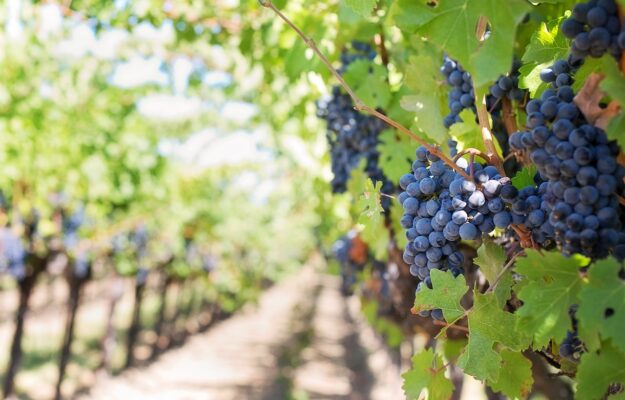France in first place, Italy second, and Spain third on the podium: this is the ranking of the world’s most competitive wine nations in 2023 compiled by the French agency France AgriMer, which reports to the Ministry of Agriculture, through analysis by AgrexConsulting. The report, titled “Competitive Factors in the Global Wine Market”, analyzed 13 countries based on six performance indicators: production potential, climatic and energy factors, producer positioning capacity, portfolio attractiveness, trade and investment flows, and the macroeconomic environment. This document has been prepared annually since 2000: it is a watch on the competitiveness of various markets around the world, and much of the analysis focuses on the economic recovery of the sector after the pandemic crisis.
Data refer to 2022, the latest available: “Europe’s economic and social environment”, the report says, “did not encourage wine consumption in 2022, as the Russian-Ukrainian conflict affected the production costs of wine companies. In addition, inflation present in some countries is not favorable and has changed both habits and the unit value of wines consumed”. World wine production in 2022 was 260 million hectoliters (-1% over 2021), with France contributing 45 million hectoliters. Consumption stood at 232 million hectoliters. But beyond the data, the only certainty remains the countries on the podium, which each year gain and lose positions among themselves, but remain firmly in the top three places: two reports ago, for example, Italy was first, in the last one it was third, and now it finds itself second. The three scores, the result of cross-analysis of the six factors, are close to each other and largely detach the other nations: France leads with 613 points, Italy at 606, Spain at 583, followed then by the United States (529) and Australia (516), also signaling a wide gap with non-EU countries. In sixth position is Germany (483 points), then Chile (476), Portugal (469), South Africa (465), New Zealand (451), Argentina (450), Brazil (395) and China (345).
The report speaks of “strong competition on the podium, although the numbers of the top three countries are all down from the previous analysis”: France has gone from an average production in hectoliters of 55-60 million to 40-45 million in 20 years, with a vineyard area of 790,000 hectares (an area larger than Italy, but smaller than Spain, ed.). The 2022 vintage, recalls the France Agrimer report, was affected by the negative effects of frosts, and low yields limited the supply of entry-level wines. With only 5% of vines irrigated, the burden of production costs for companies has also increased due to labor and plant disease control. But the French vineyard is also organically oriented, with more than 21% of the area involved. However, France catches up in the overall ranking due to its extraordinary ability to win markets due to good product value, brand awareness and visibility. On the export front, an average of still wines at $7.7/liter and sparkling wines at $20.6/liter makes France a very strong competitor. And while entry-level wines are not widespread and commercial brands are not many, however, some IGPs and DOPs make up for these shortcomings by representing world-renowned brands in themselves.
Italy, second overall, has the third-largest vineyard in the world with 680,000 hectares across the country and is described as a country “in good health”, but not without concerns, starting with the issue of water availability: “only 30% of vineyards have an irrigation system”, the report says. For the rest, Italy has been able to renew itself in the mid-range and high-end commercial segments, taking advantage of a good reputation and a varied and well-recognized wine offering to consumers. As far as exports are concerned, 2022 has strengthened Italy’s competitive positioning in foreign markets, while on the domestic front, a total consumption of 23 million hectoliters constitutes 71% of alcohol consumption throughout the country, demonstrating how wine is a consolidated cultural element and value for Italy.
The situation is similar in Spain, where drought is a more serious problem than vine diseases: the Iberians “could do more if they used water resources better”, writes France AgriMer. Indeed, from the world's largest vineyard (905,000 hectares) comes the third largest quantity of wine. Commercially, the reputation of Spanish wines is “less strong than that of Italian wines, although prices are very competitive”. And this is due to moderate production costs in light of modest yields per hectare. Despite this competitive advantage, increases in production costs for Spanish companies have equally impacted sales. By volume, Spain is the second largest exporter in 2022, with weak wine consumption on the domestic front (29% of total produced). Finally, there is a strong dynamism of Spanish scientific research, especially in improvement and adaptation of grape varieties to disease and climate crisis.
Copyright © 2000/2025
Contatti: info@winenews.it
Seguici anche su Twitter: @WineNewsIt
Seguici anche su Facebook: @winenewsit
Questo articolo è tratto dall'archivio di WineNews - Tutti i diritti riservati - Copyright © 2000/2025









































































































































































































